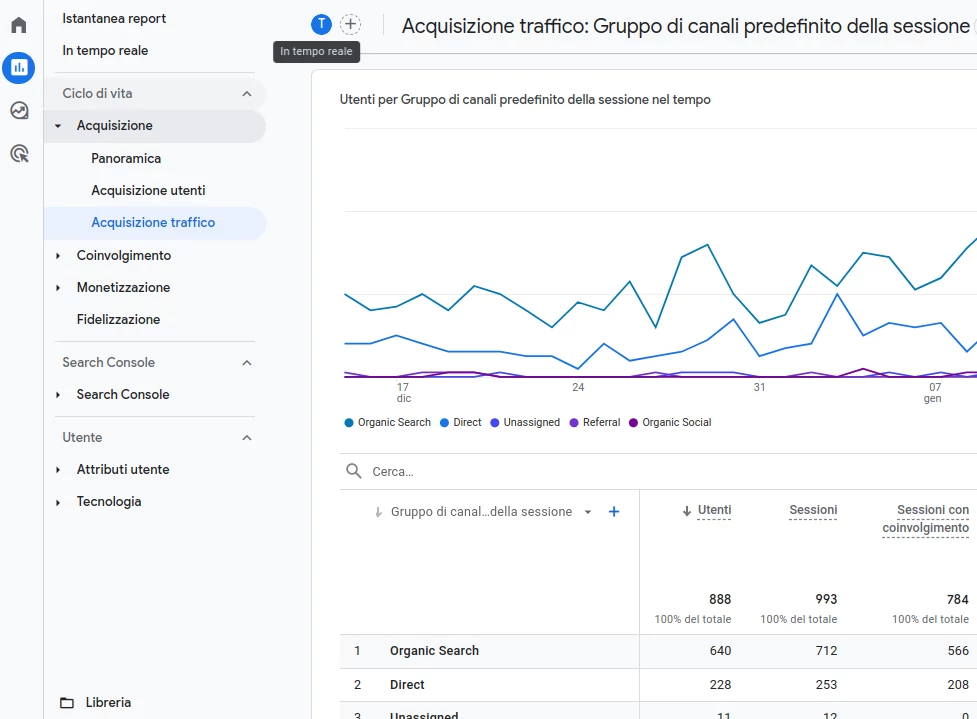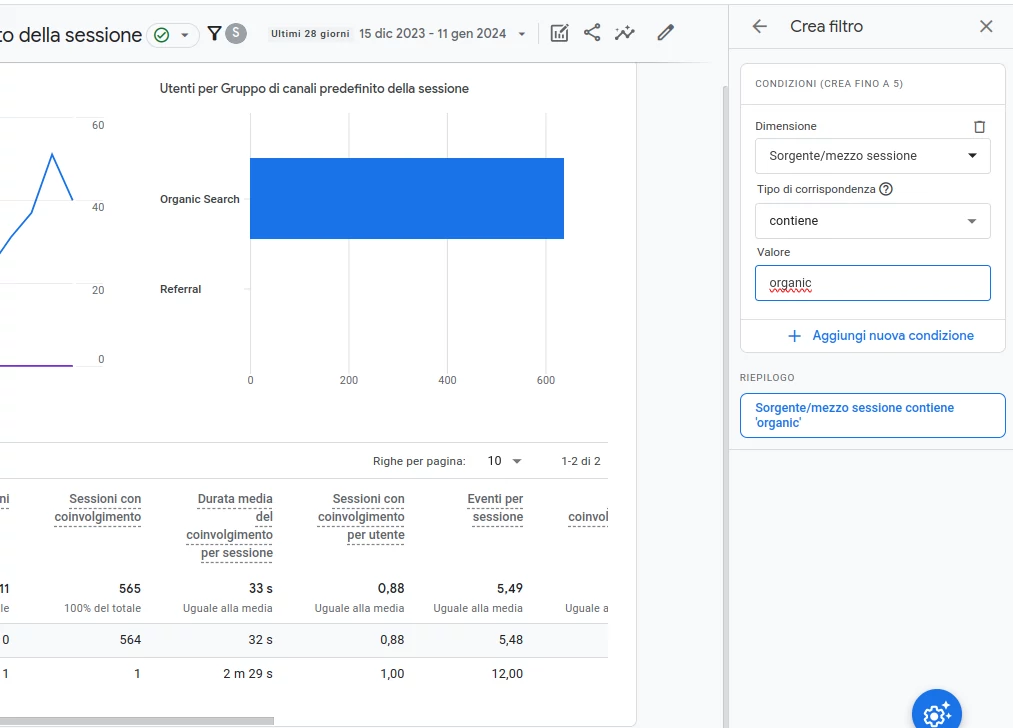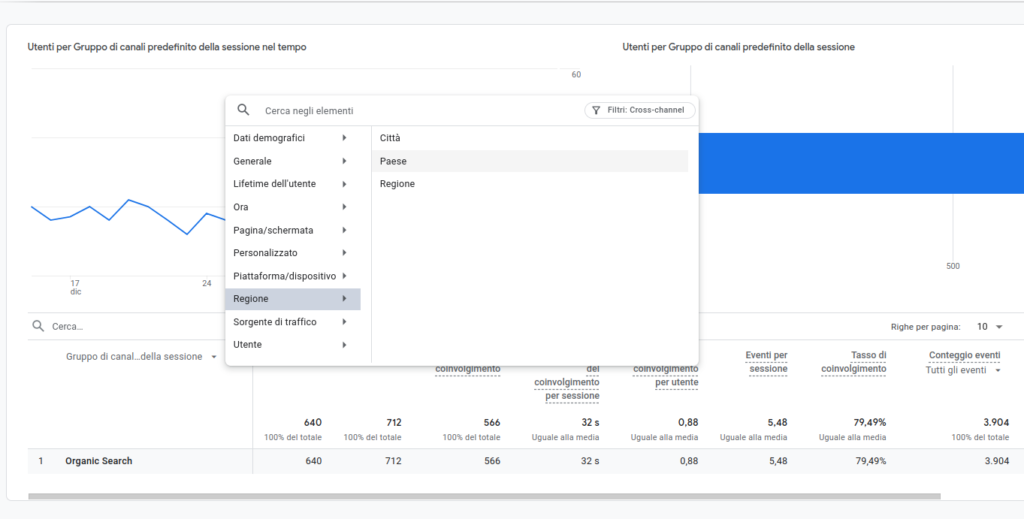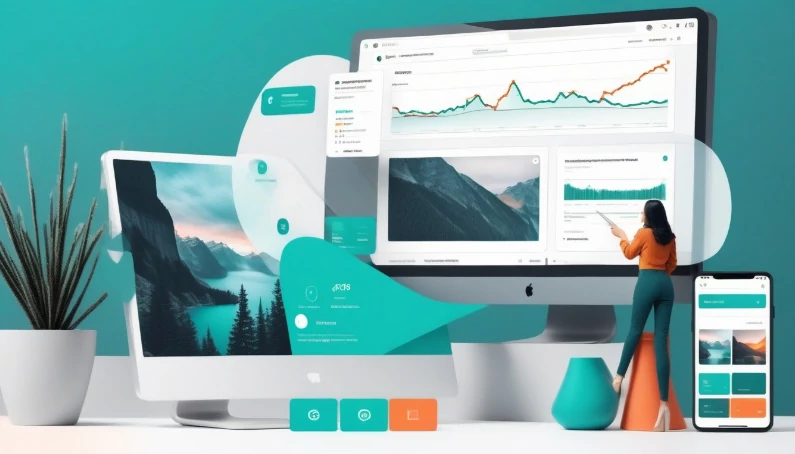Organic traffic refers to website visits from organic (unpaid) search results.
Essentially, when someone searches for something on a search engine, like “SEO consulting,” and clicks on a link to visit a website, that action is counted as organic traffic.
The main difference between direct traffic and organic traffic in Google Analytics 4 (GA4) is the referral source. While direct traffic does not have a referral source, organic traffic does.
GA4 monitors organic traffic from various search engines, including Google and Bing, as highlighted in the “Session Source” column in the report.
Organic traffic is crucial for several reasons:
- Increase brand awareness.
- It drives conversions, such as newsletter subscriptions or product purchases.
- It allows you to reach a large audience.
Additionally, organic traffic is free, but requires the implementation of organic SEO techniques, including keyword research and on-page optimization.
However, once you rank at the top of the search results, you can expect a steady flow of traffic to your website for months or even years.
With the move from Universal Analytics (UA) to GA4 on July 1, 2023, there are numerous differences, both in terms of metrics and user interface.
In GA4, major differences include:
- Users: UA only had “Total Users” and “New Users”. GA4 also includes an “Active Users” metric, which refers to users who have had an engaged session on your website.
- Views: UA had “Views” and “Unique Views”. GA4 only has “Views”, which counts the number of web pages/screens viewed by users, including repeat views.
- Sessions: GA4 uses the “Sessions” metric, but does not restart them at midnight and does not start a new session when new campaign parameters are detected.
- Conversions: UA had “Goals”, while GA4 uses “Conversion Events”. GA4 can count multiple conversions in the same session.
- Bounce Rate: In UA, “Bounce Rate” referred to the percentage of sessions where users only saw a page without triggering other events. In GA4, refers to sessions that are not considered engaged sessions.
GA4’s user interface is different from UA, requiring a short adaptation period.
How to find organic traffic metrics in GA4?
To find organic traffic metrics in GA4, go to the main dashboard and click “Reports” in the left menu. Then go to “Traffic Capture” under “Acquisition”.

To analyze organic traffic data, you can apply filters to isolate traffic from organic search.

For example, you can identify the best performing pages, measure changes over time, understand the location of visitors and measure the impact of organic traffic on conversions.

Finally, by connecting your GA4 account to Google Search Console, you can discover the keywords that drive organic traffic to your website.
In conclusion, analyzing organic traffic in GA4 requires understanding new metrics and using dimensions to gain insights into the effectiveness of your SEO strategies.









